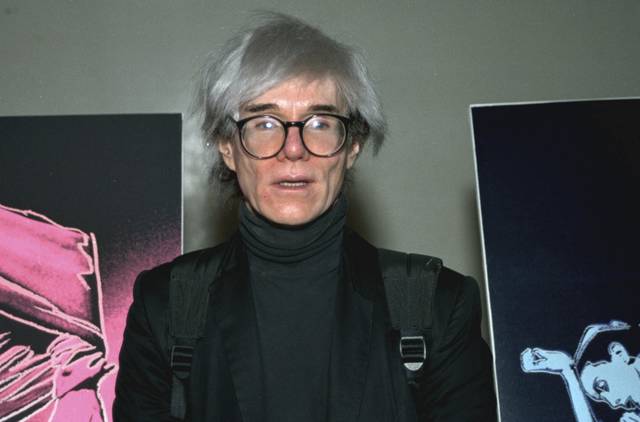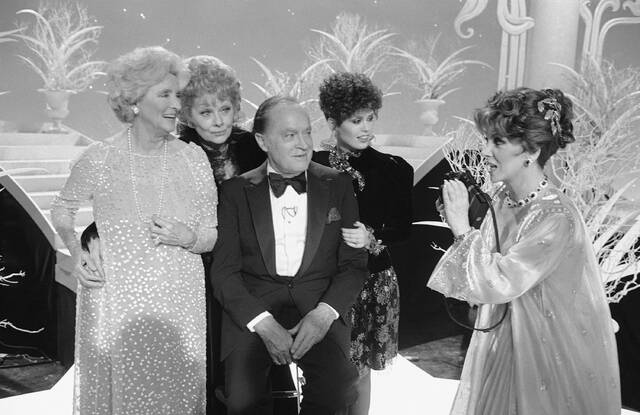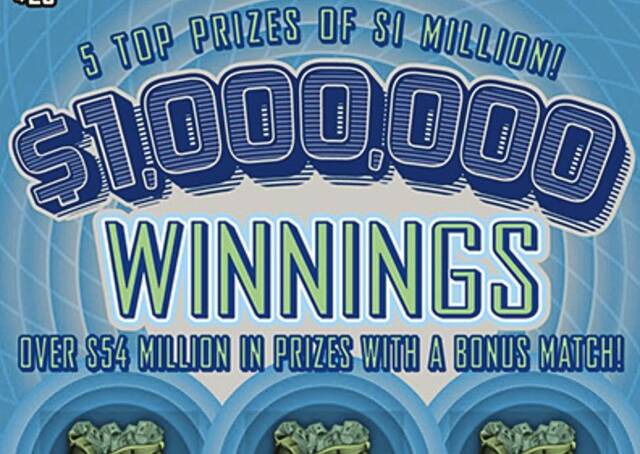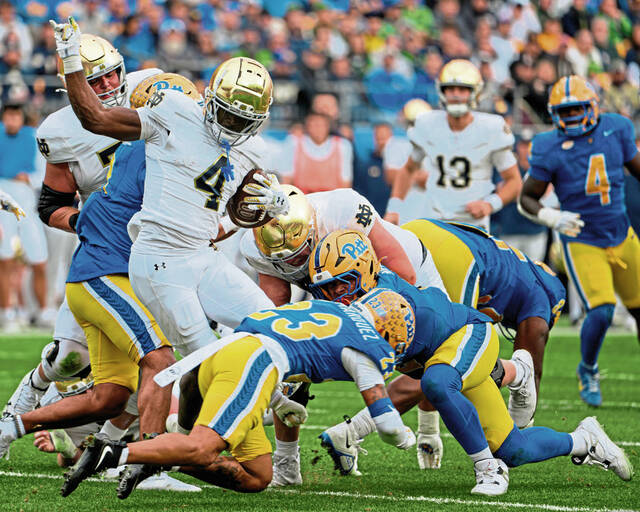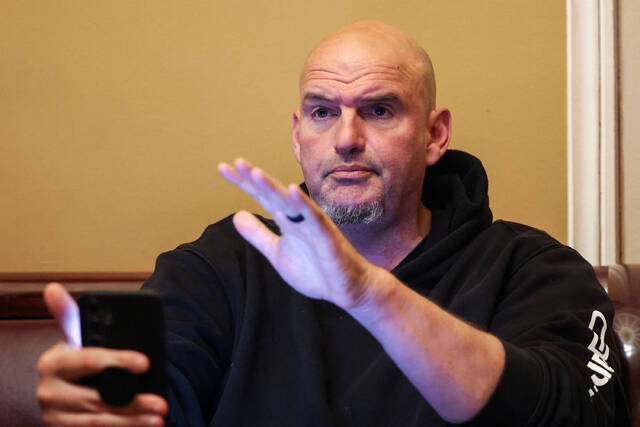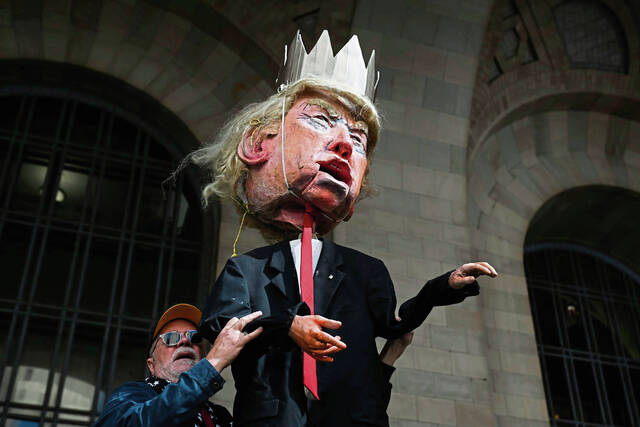What’s up with Andy Warhol lately? Last week The New York Times reported on the photography of the renowned Pittsburgh-born artist. This week, Crisis Magazine, a Catholic publication, published “The Warhol Effect,” focused on his unappreciated faith. And last month, just before Christmas, John Miller of National Review did a piece called “Andy Warhol’s Religion.”
This current attention seems curious. There’s no major Warhol anniversary right now. Nonetheless, interest remains, including locally, where an event on Warhol’s faith will be held at his museum on Pittsburgh’s North Side this weekend.
The exhibit was flagged for me by Mike Aquilina, the popular Catholic writer based in the Pittsburgh area. Aquilina has written on Warhol’s faith. “While Warhol may be known best for his visionary depiction of fame and popular culture,” writes Aquilina, “his art can also be understood as iconic — in another, much more literal, way. Why? Because he was an ardently practicing Byzantine Catholic.” Aquilina notes that Warhol’s art needs to be viewed through the lens of faith and iconography.
Born in Pittsburgh Aug. 6, 1928, to Slovakian immigrants, Warhol’s parents raised their three children in the Byzantine Catholic Church. His father died in an accident when he was 13. He took care of his mother for the rest of her life, bringing her to New York City with him after graduating from the Carnegie Institute of Technology (Carnegie Mellon University) in 1949.
He also took with him his faith, which, like his mother, remained aside him throughout his life, especially in difficult times.
“He was a practicing Byzantine Catholic, and actually attended a Roman church later in his life,” says his nephew, Donald Warhola. “Always he would ask if I went to church because it was a Sunday. He was very religious: It was a very big part of his upbringing as well as mine.”
Among the items displayed at the Warhol museum from his personal collection is a sculpture of the Sacred Heart of Jesus. Warhol worked on several explicitly religious pieces, including his own interpretations of Raphael’s “Madonna” and Leonardo da Vinci’s “The Last Supper.”
Such will be the interest of “Religion in an Age of Mass Media: Andy Warhol’s Catholicism” at 6 p.m. Saturday at the Warhol Museum. The event will feature a presentation by . Jonathan Anderson of Biola University in Los Angeles, placing Warhol’s art and religion in the context of other “religious impulses of modernism.” Hosted by the Pittsburgh-based Beatrice Institute, the talk will be followed by a guided tour.
“There is the question about Warhol the man — the relationship between his faith and his life and works,” says John Buchmann, one of the event organizers. “But there is also the question of what this tells us about the role of faith in the modern era, and the ways in which faith is incarnated in material culture, even in the most surprising of places.” Buchmann told me: “On this issue, Warhol is perhaps both the subject matter and — especially in his later works — the teacher.”
Warhol’s faith is a crucial side of him that simply isn’t known. “It’s poorly known and understood and a lot of the art world either doesn’t understand or doesn’t care to understand,” John Miller told me.
Well, they need to understand, and they should care. Andy Warhol would have wanted them to.


